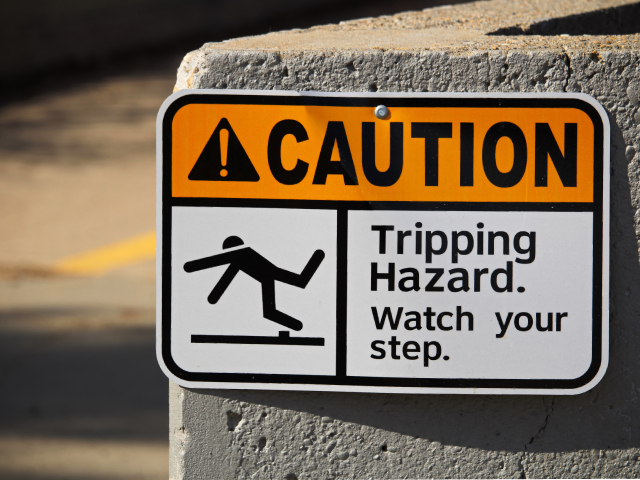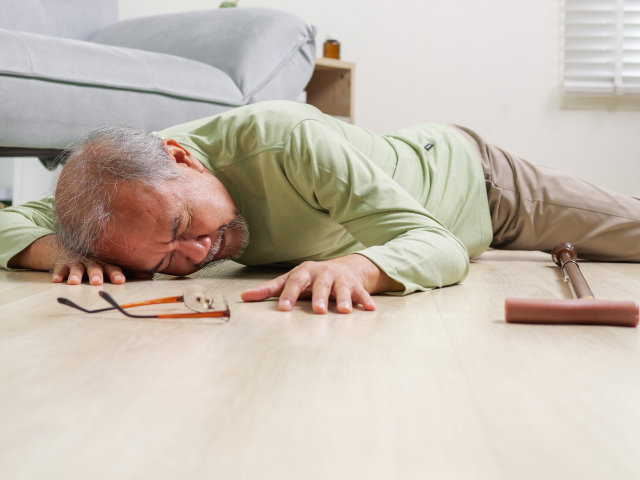
from intake to resolution
so video, logs, and reports are not lost
that strengthens negotiations
with plain language updates you can trust
in every decision and recommendation
We identify who controlled the area and what safety rules applied. Commercial tenants, management companies, and vendors may share responsibility.
We prove the defendant knew or should have known about the danger. Notice can be actual or constructive and is shown with timelines, logs, and patterns. Long standing hazards, poor inspection routines, and prior complaints matter.
Medical documentation links the fall to the injuries and explains why symptoms persist.
We calculate the full impact on health, work, and daily life, including future care and long term limitations.

Walking surface defects
Cracked or heaved concrete, potholes, broken tiles, loose thresholds, raised transitions, missing pavers, and abrupt height changes.
Mats and coverings
Curled or bunched mats, unsecured rugs, worn edges, and misfit floor runners at entrances.
Cords and merchandise
Unsecured cables, extension cords, stocking in aisles, and poorly placed displays that narrow walkways.
Stairs and ramps
Broken or uneven steps, worn nosings, missing or loose handrails, inconsistent riser heights, and poor ramp design.
Lighting and visibility
Dim stairwells, unlit sidewalks, burned out bulbs in parking lots, and glare that hides surface changes.
Typical locations
Grocery and retail stores, restaurants, hotels, apartment complexes, offices, parking lots and garages, sidewalks, warehouses, and construction zones.
No notice
We use logs, work orders, and video to show the defect existed long enough that reasonable inspection would have found it.
Open and obvious
A visible hazard does not excuse a failure to repair or to warn when people are expected to use the area.
Comparative fault
Claims about footwear, distractions, or preexisting conditions are addressed with facts, medical proof, and human factors analysis.
Temporary condition
We test the story against sweep logs, staffing levels, and reasonable inspection intervals for similar properties.
Deadlines vary by state and can be shorter for claims involving public entities. Contact us quickly so your rights are preserved.